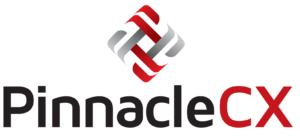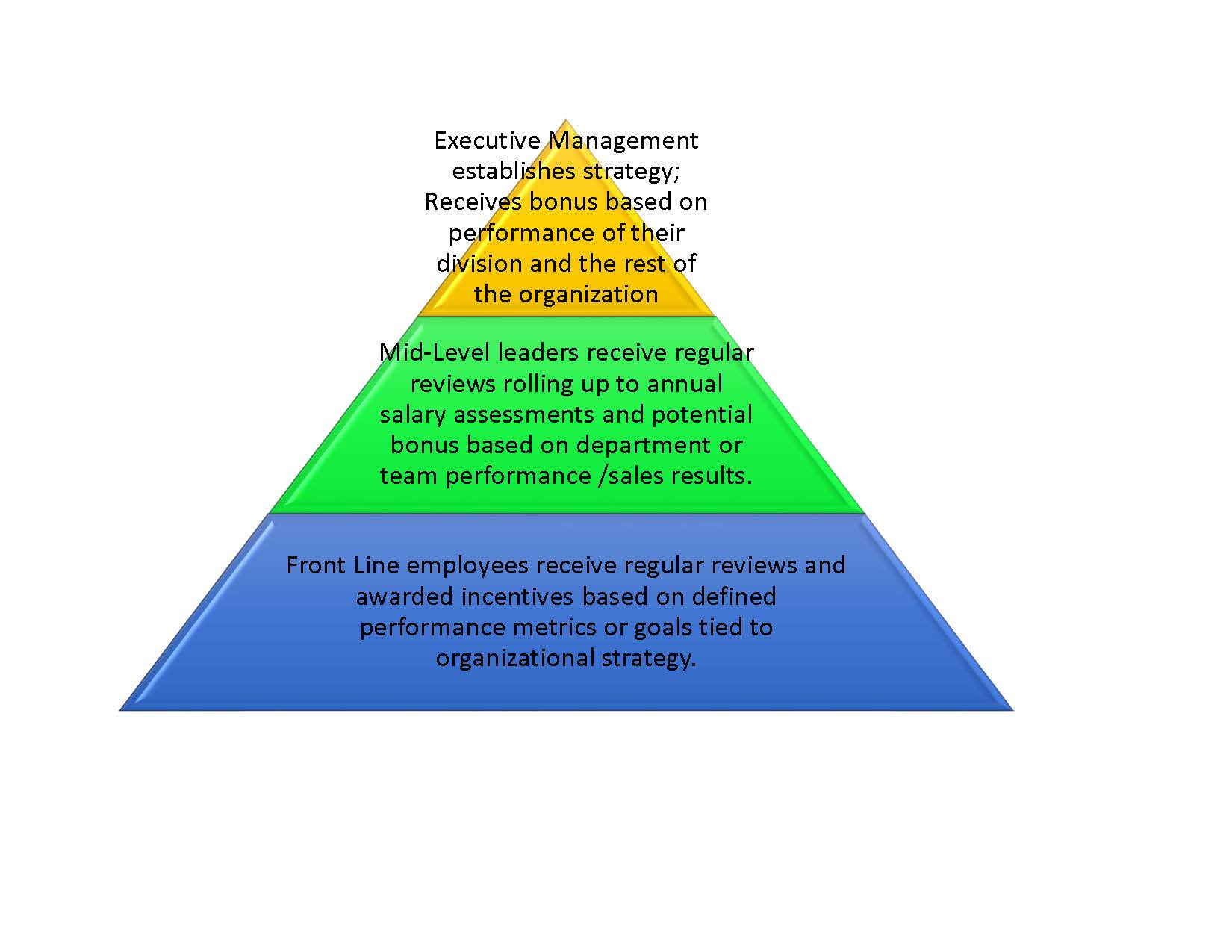Collaboration – Curse or Strength?
Collaboration is defined as the action of working with someone (others) to produce or create a product, process, procedure or outcome. The word is derived from the mid 19th century Latin collaborate, meaning “work together”.
Recent studies indicate “collaborative cultures” are actually less effective largely due the bottleneck effect occurring from the reality that the knowledge, skill, ability to effectively execute comes from 20% of the population, the so called “stars”. These are the “go to” that always gets it done. In a recent Harvard Business Review (HBR) article it was noted;
Up to a third of value-added collaborations come from only 3% to 5% of employees.
Why is this? Is it possible that the way we measure collaboration, working together, is all wrong? As Dr. Jim Sniechowski once wrote;
Collaborations are unique and resist the heavy-handedness and constraints inherent in numerical analysis. Collaborations are fluid and subtle and those that work the best last until the task is done and then dissolve. ~Dr. Jim SniechowskiBy definition collaboration – how effectively we work together, cannot be measured with scientific measures. It’s simply not quantifiable, and therefore open to impression and assumption. Said another way, we measure effective collaboration not by execution, but by our opinions and feelings.
Consider this, isn’t collaboration truly the culmination of a group of individuals bringing their experience, expertise and talent together with the purpose of accomplishing a common goal or objective? Effective value-add collaboration occurs when the culture welcomes and encourages diversity in thought, style, communication, and life experiences.
The ultimate measure of effective collaboration has to be the outcome of the objective. Individuals have to be measured on the effectiveness of their individual contributions. I’m sure we’ve all been on a team where a few members did the majority of the work, yet everyone shared in the reward!
Effective Cultures define collaboration in a way that also includes inclusion of all styles, separates the performance outcome from the method, celebrates diversity, transparency, and yes, execution.
Continue the discussion by asking yourself:
- Is collaboration a strength or today’s Dog Whistle for “Team Player”?
- Are organizations properly defining and measure collaboration; also are they properly recognizing and rewarding their star players that always deliver, but depending on how collaboration is defined in the culture, may go unrecognized, and in fact may actually be pushed out of the organization?

